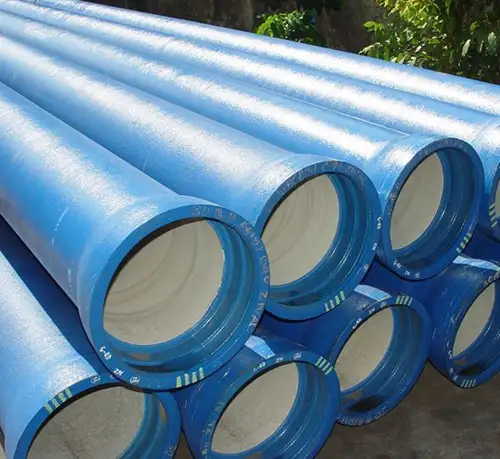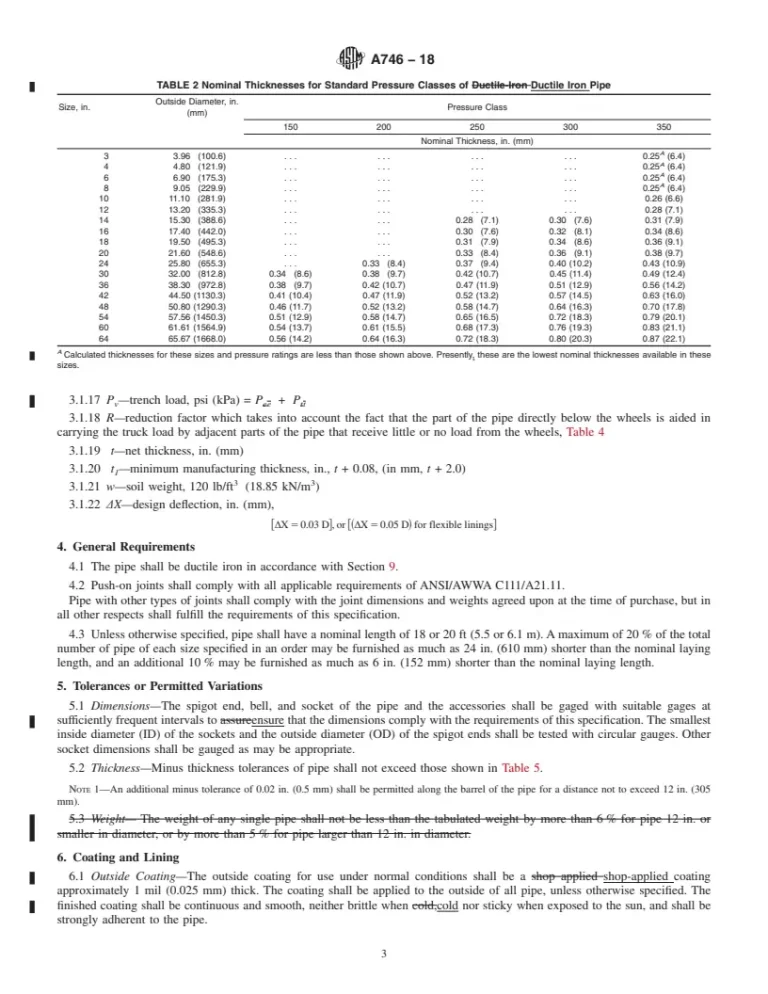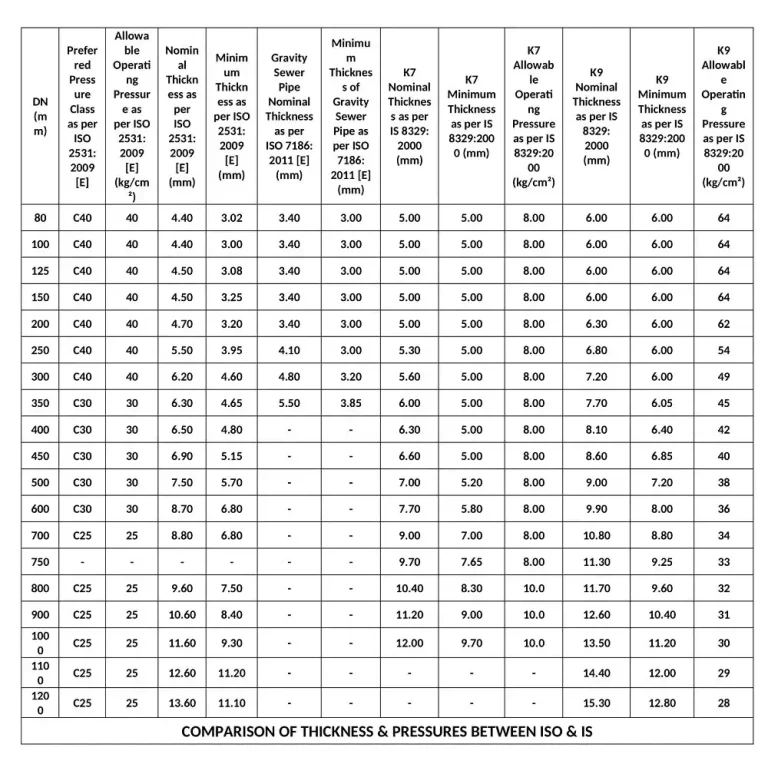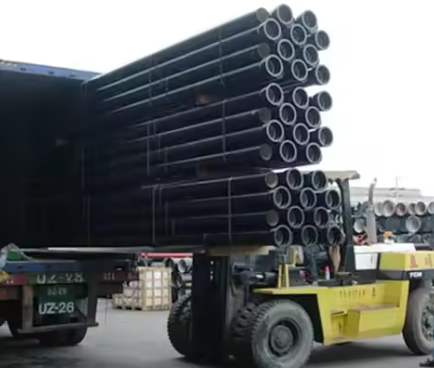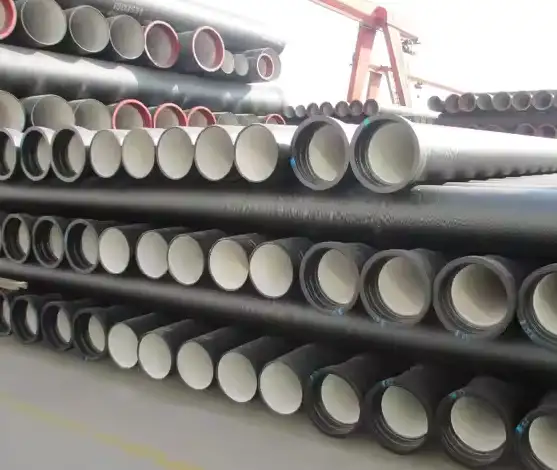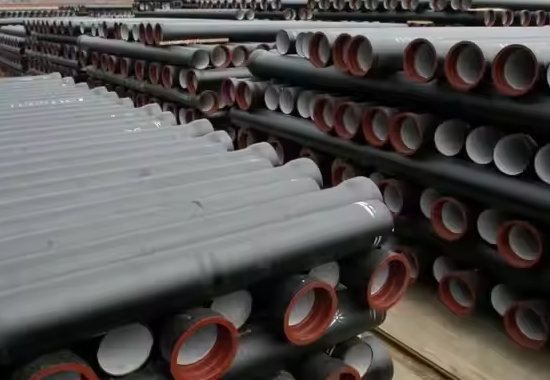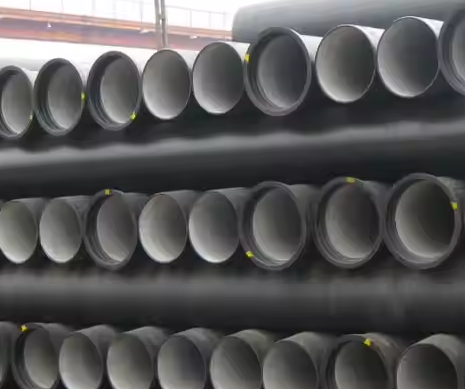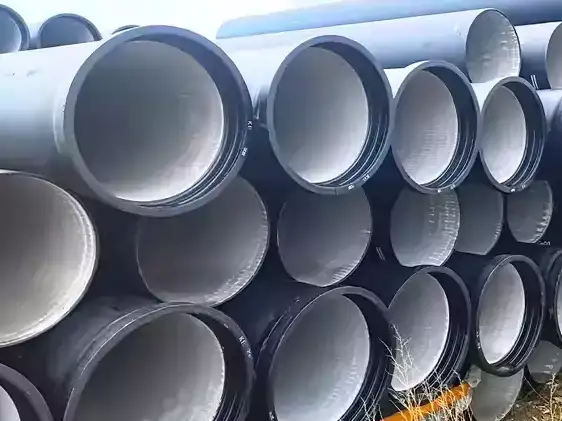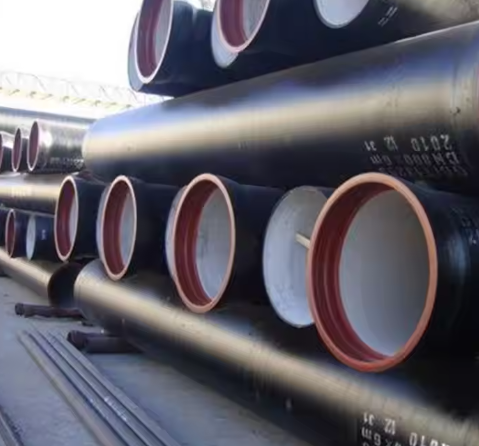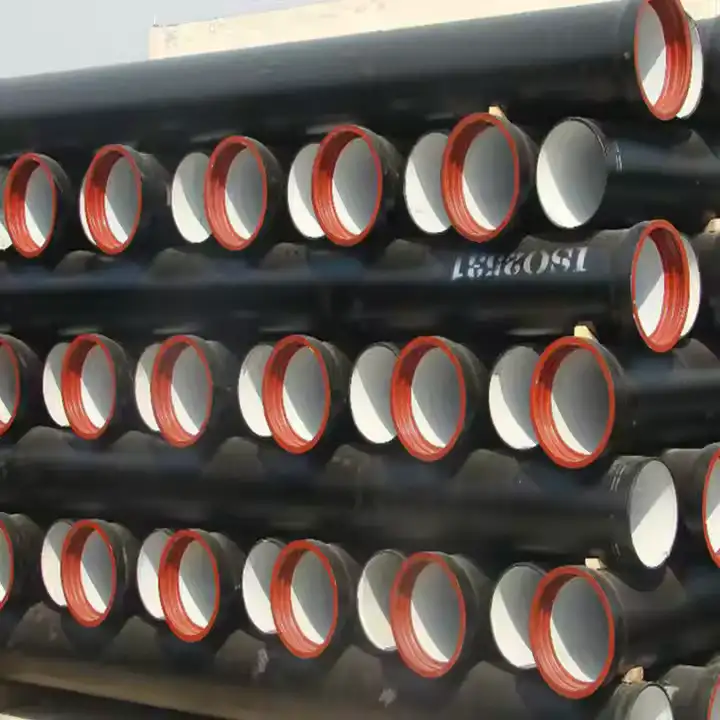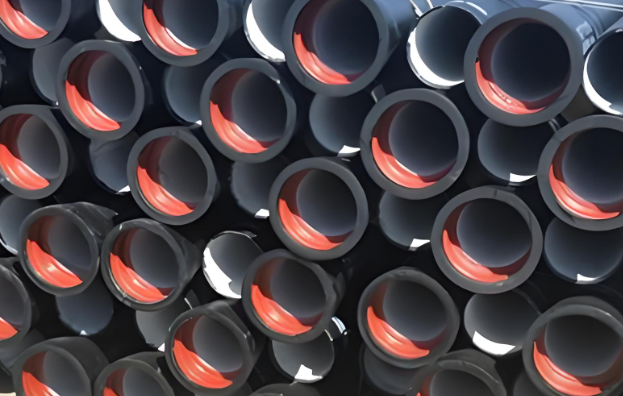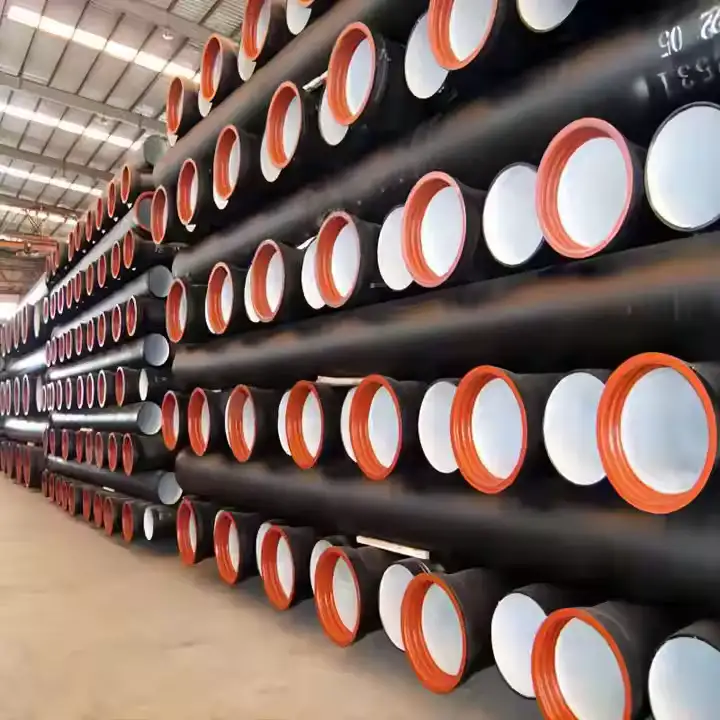News
2025-04-24
Ductile iron pipe traces its origins to the mid-20th century, following the discovery of ductile iron in 1943 by Keith Millis. After experimental castings in 1948, a U.S. patent was granted in 1949, and...
2025-04-24
The primary ASTM standards governing ductile iron pipe include: ASTM A746: Standard specification for ductile iron gravity sewer pipe, centrifugally cast with push-on joints. ASTM A716: Specification for...
2025-04-24
Ductile iron standards define the chemical composition, mechanical properties, and testing methods for spheroidal graphite (nodular) iron castings worldwide. The most widely referenced specifications include...
2025-04-24
Ductile iron, also known as nodular or spheroidal graphite iron, exhibits a density that typically ranges between 7.05 and 7.30 g/cm³ (7.05–7.30 Mg/m³), varying with grade, composition, and processing...
2025-04-24
Cast iron and ductile iron are both iron–carbon alloys but differ significantly in their microstructures, mechanical properties, and industrial uses. Cast iron contains flake graphite, which gives it excellent...
2025-04-24
All metals can be classified into ferrous and non-ferrous categories based on their iron content. Ferrous metals contain significant amounts of iron, giving them magnetic properties and high tensile strength,...
2025-04-23
Ductile iron, also known as nodular or spheroidal graphite iron, is inherently magnetic due to its high iron content and ferromagnetic matrix structure. Its magnetic behavior—characterized by relative...
2025-04-23
Cast iron and ductile iron are both cast iron alloys but possess distinct microstructures—graphite flakes in cast iron versus spheroidal nodules in ductile iron—which result in markedly different mechanical...
2025-04-23
How to repair ductile iron pipe? joint re-tightening and gasket replacement for socket leaks; cement-mortar lining restoration according to AWWA C104 guidelines; mechanical repair sleeves or clamp fittings...
2025-04-23
Class K9 thickness for ductile iron pipes—one of the most common wall-thickness classifications under ISO 2531.Nominal diameter: 80 mm→1200 mm, they are available in nominal thickness between 6mm to 15.3mm....
2025-04-22
Ductile iron pipe costs vary significantly depending on diameter, class, lining, and joint type, typically ranging from $22.71 to $342.26 per foot (≈$74–$1,121/m) for small to large diameters. Global prices...
2025-04-22
When selecting piping materials for infrastructure, industrial, or construction applications, ductile iron and steel pipes are two widely used options, each offering distinct advantages. Ductile iron,...
No posts found

